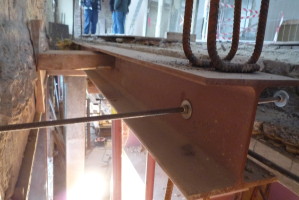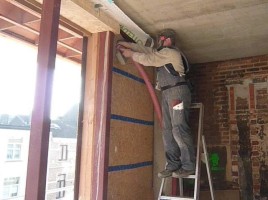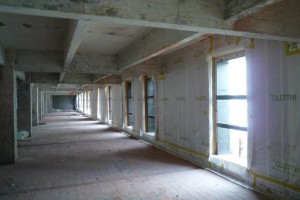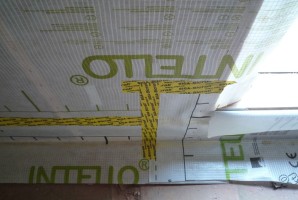when historical buildings become Passive House buildings
Different practical cases of historic buildings renovated by the architecture office A2M will be presented and compared. Due to functional, health and economic reasons, all these buildings have become unusable or inadequate.
The challenge is providing a contemporary answer, adapting the building to the desired program, drastically reducing energy consumption, all the while respecting the rich heritage offered by the building.
Various projects will be shown :
- A 1934 Art Deco building converted into very low energy offices (1017 m² – 19kWh/m²y – n50=1,2 h-1 completed)


- An industrial building from 1916, previously operated by a famous Brussels brasserie and rehabilitated into a very low energy 150-rooms hotel (8714 m² – 29 kWh/m²y – n50=0,44 h-1 – completed)


- A social housing tower block from 1958 renovated to passive house standard (3592 m² – 13 floors – 36 apartments – 8 kWh/m²y – n50=0,6 h-1 – under construction)
Each of the projects have different constructive and heritage features. Ingenious and varied solutions have had to be found to reconcile heritage and energy performance: interior insulation, air tightness, prefabrication, thermal bridges, water vapor transfer, ventilation, solar shading, passive cooling strategies, centralized technical management, …
Concepts, technical details, hygrothermal studies (Trisco, WUFI) and site photos will be presented. For the completed renovations, the calculations made in the design phase (PHPP, dynamic simulations) will be compared with actual consumption established through the monitoring system.


Most of these buildings are also winners of the « Exemplary Buildings » call for projects of the Brussels-Capital Region. Indeed, in addition to being energy efficient, other sustainability parameters have been taken into account, such as choice of materials, natural lighting, water management…
The projects offer different solutions, each providing architectural value by combining high design intervention with respect for heritage.